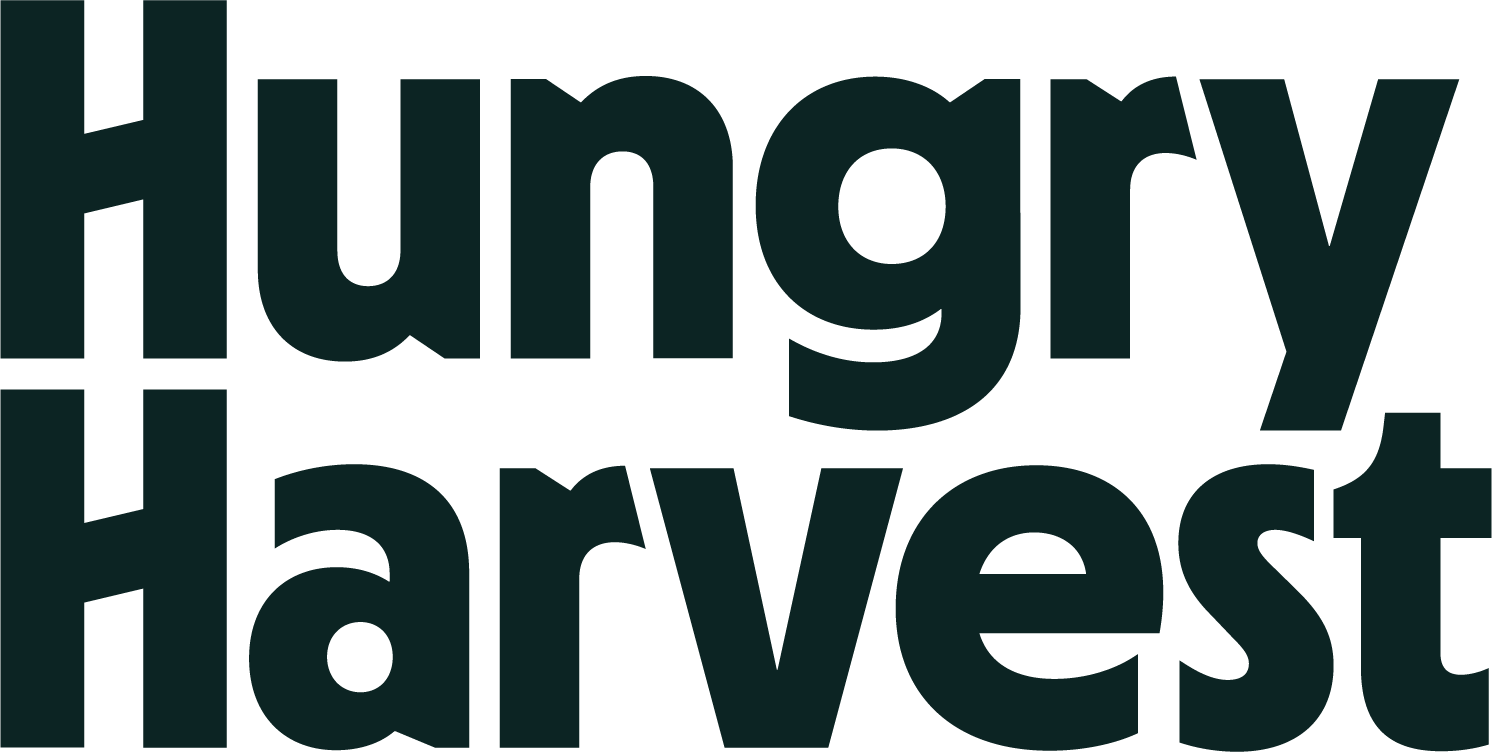Beyond Measure. Food waste is bigger than we think.
20%. That’s the percentage of fruits and veggies that are lost at the farm level annually nationwide. Or at least that’s what we’ve been told up to this point. And that’s a huge number.
So when researchers at North Carolina State University published their study that stated the percentage of edible food that was lost on the field was closer to 42% in their state, we were absolutely shocked and had to hear more. We know food waste is an enormous problem we’re trying to solve together, but to double the estimate of on-farm loss blew our minds and made us realize just how much work we have left to do. Luckily, Dr. Lisa Johnson, from the Department of Horticultural Science at NC State, was kind enough to chat with us about her findings.
“Post-harvest loss has been an issue for 100 years, but it just hasn’t garnered the same attention as other sources of waste in food production - so the existing estimates are really low.” According to Johnson, previous studies reliance on grower surveys from smaller farms and methods that only addressed certain kinds of loss rather than “on field” measurement contributes to the discrepancy in the reports.
Johnson and her research team decided to change that and develop a new method for determining on-farm loss, with the hope that this would help growers construct solutions to eliminate waste in the future. “When people do waste audits in their homes, they come to realize just how much they waste, are shocked by it, and make changes to improve. Our goal was to apply that same insight to food production.” During the 2017 growing season, the team studied 68 fields on 9 Eastern North Carolina farms to physically count how many vegetables were left on the plant after the farmer’s decision to discontinue harvesting the field. Produce like cabbage, summer squash, cucumbers, bell peppers and sweet corn were then separated into three categories: marketable (meeting grocery standards), edible but unmarketable (“rejected” due to things like shape, size, color, blemishes, or scratches), and inedible. According to Johnson, “you can’t manage what you don’t measure,” so measure they did.
When reviewing the quality of the 68 fields surveyed after the primary harvest, the overall average rate of produce left in the field that could be used (marketable or edible but unmarketable) was 42%.
When you read numbers like this, it’s easy to ask why the farmer doesn’t just go back out and harvest everything they grow? Or even still, why don’t they just grow less? The answer is more complicated than you think. “People are so far removed from production, they think it’s easy to just grow something. In reality, it’s very challenging, risky, weather-dependent, and costly,” says Johnson. Based on current consumer bias and traditional cosmetic specifications there isn’t always a market for some of what’s left in the field, and unfortunately the cost to continue harvesting something that may not sell is often just too great. In terms of the quantity they grow, all it takes is one bad storm, drought or pest infestation to threaten a farmer’s livelihood if they’ve planted too little, so they have to prepare for the worst case scenario. In a growing season with no major events, this means they grow more than they expected. As Johnson points out, it is a matter that cannot be easily resolved with simple solutions.
“It’s such a complex problem. It’s going to take so many people full lifetimes to try to solve this issue.”
Her method for counting loss is a great start. By establishing a new way of measuring food loss, the hope is that more researchers will embrace the methodology that Johnson and her partners have put forth, and come up with their own state’s calculations. In a perfect scenario, a map of the United States could be created that reveals a more realistic look at food loss, so that we can have a better understanding of the true magnitude of this problem.
For now, we know that whether that number is closer to 20% or 42% nationwide, it is still bigger than we think and no one idea alone can solve it. Farmers need to rely on all of the revenue streams available to create a diversified network of partners in order to make their business sustainable. Processing partners can’t be the whole answer no more than donations or a grocery store distributor can. We applaud Dr. Lisa Johnson and her research team for shedding light on this issue and giving us a more tangible number at the field production level. With more than enough surplus to go around, we hope that this study helps propel the conversation and exploration into changing how people view their produce, where it comes from, and the resources it takes to get it to us.
Until then, we’ll continue to do our part by working with farmers to help get them a fair price for their edible crops by rescuing the delicious fruits and veggies that might otherwise go uneaten.

